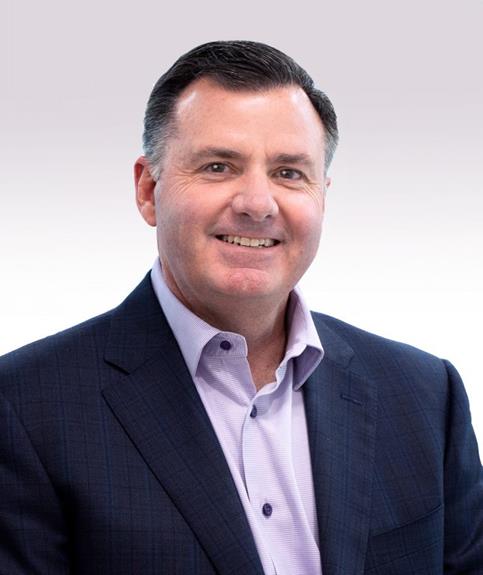In a recent interview with Via Satellite, O’Toole spoke about how the capability of
BlackSky’s software will drive the growth BlackSky is targeting as a public company. In 2020, BlackSky reported $22 million in revenue. With its recent announcement to go public through a special purpose acquisition
corporation (SPAC), BlackSky is targeting $546 million in 2025.
Here, O’Toole talks about why the company chose the SPAC route, and how he
sees BlackSky as a software company with the competitive advantage of space data.
VIA SATELLITE: Why did BlackSky go the SPAC route, and why was this
the right time for BlackSky?
O’Toole: Being a fully funded space company is significant for both a customer and a market opportunity
perspective. For customers, it ensures that we have the capital to deliver the capabilities that they’re counting on, in a clear timeline. It provides a higher level of certainty that we will be there to meet the demand. From a business
perspective, it means we can move quicker and more efficiently to go after the large and growing market opportunity for real-time geospatial intelligence.
VIA SATELLITE: Looking at your growth projections, you have aggressive targets that you’re hoping to hit — doubling revenue every year for
the next few years. How will funding from being public enable you to realize that growth?
O’Toole: We’ve been building the
company for a long time. We’ve got satellites in orbit, manufacturing capability in place at LeoStella, and a number of marquee customers that have validated our service. It’s evidenced by our growing customer base and the strength of our
sales pipeline. This gives us a clear line of sight to achieve this forecast.
The transaction funds our growth from three different perspectives.
We’re able to expand our constellation and move deployment of Gen 2, but also invest in Gen 3, to get to a 30-satellite capability 50-centimeter
resolution [constellation]. And investment in software — more sensors, more AI [Artificial Intelligence] and Machine Learning algorithms, which improves accessibility for our partners and developers. Then, building our go-to-market capabilities and sales and marketing to go after the commercial sector. We’ve been preparing for this moment for seven years and we have a lot of confidence
in our growth plan.
VIA SATELLITE: How do you see the total addressable market for geospatial intelligence growing over the next five years?
O’Toole: There’s two dimensions to the market opportunity. There’s the government sector — we’re focused on that
initially. We’re seeing the shift toward near real-time Earth Observation capabilities, both in the U.S. government and internationally, We’ve already got existing contracts and customer relationships, so that’s a well-defined
market for us. We see that market shifting from buying raw data, to buying the analytics and insights that go along with it. We have positioned ourselves to provide that. Our constellation, which is focused on high revisit imaging with rapid
delivery available on demand, is suited for the types of missions that those customers want.
2
